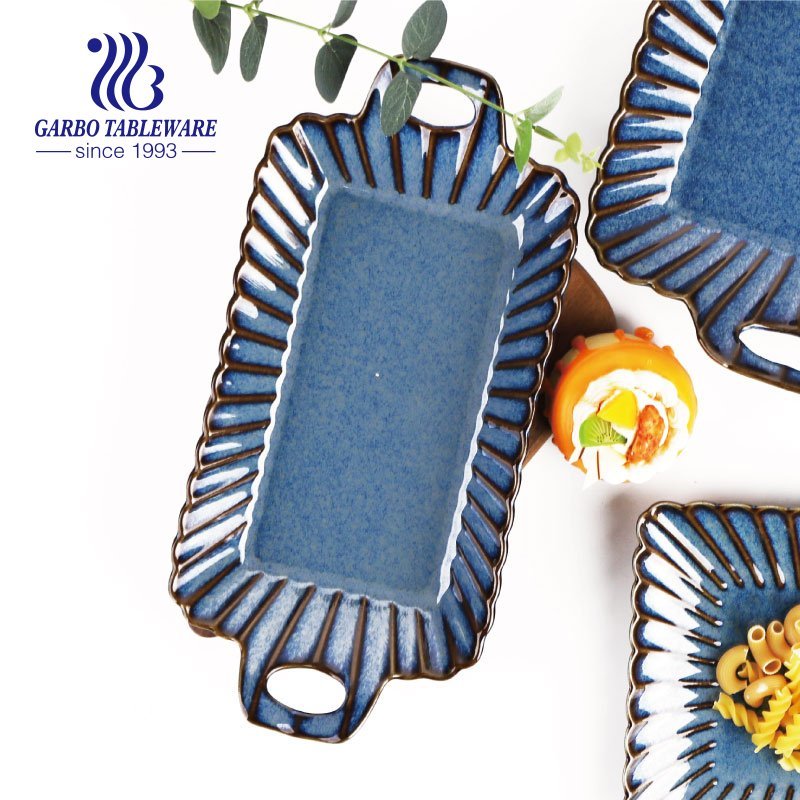Pulished on May. 29, 2020
Glaze is a kind of silicate. The glaze applied on ceramics is generally made of quartz, feldspar, and clay. After being ground and prepared by adding water, it is coated on the surface of the body, and it is melted after firing at a certain temperature, and the temperature drops. At that time, a thin glassy layer on the ceramic surface is formed. It enables ceramics to increase mechanical strength, thermal stability, dielectric strength and prevent liquid and gas corrosion. The glaze also has the effect of increasing the beauty of the porcelain, facilitating washing and wiping, and not being stained by dust.

A thin vitreous layer attached to the surface of a ceramic body. It is made by mixing mineral raw materials (such as feldspar, quartz, kaolin and chemical raw materials in a certain proportion and finely grinding them into a slurry liquid, applying it on the surface of the green body, and calcining it at high temperature. From the perspective of the microstructure, it contains glassy substances and a small amount of Bubbles, unfused silica particles and crystals precipitated during cooling. It has physical and chemical properties similar to glass, impervious to water, smooth and shiny, not easy to stain, and can improve the mechanical strength, thermal stability and chemical properties of the product. Stability. The glaze can also be decorated with various decorations to enhance the artistic effect of the product.

Glaze is a thin layer of glass covering the surface of ceramics and enamel. Such as: colored glaze 1 Tang Sancai, popular in the Tang Dynasty, is a biscuit carcass coated with white, green, brown, blue glaze, baked at 800 degrees. At that time, it was mostly used as funerary. 2 On-glaze, after firing Painted on the ware, and then baked at low temperature. The color is attached to the glaze, hence the name. It was first seen in the Song Dynasty. 3Underglaze, painted on the green body, later glazed and fired at a high temperature, the color pattern is under the glaze. Never fall off. First seen in the Tang Dynasty. 4 The glaze is red, copper oxide is used as a color agent to paint on the tire. After glazing, the white safflower is baked at a high temperature. It began in Jingdezhen in the Yuan Dynasty. 5 buckets of color, the outline of the pattern is drawn with blue and white on the green body. After glazing and firing, fill the outline with a variety of colors, and then fire it for a second time. The picture shows that the underglaze blue and white are more beautiful than the overglaze color. Fighting, hence the name. It began in the Chenghua period of the Ming Dynasty. 6 slices, both ice cracks, glaze cracks are the same as ice cracks. Due to the different expansion coefficients of the tires and glazes, the kiln was discharged prematurely and encountered cold air. Song Dynasty Ge kiln used this as a Main features. 7 blue and white, one of the varieties of underglaze colors, using cobalt oxide as the color agent, painted on the green tire, covered with transparent glaze, fired at a high temperature of 1300 degrees, blue and white contrasting, the main porcelain of the Ming and Qing dynasties.

Ceramic glaze should have the following main properties:
①The maturation temperature of the glaze is slightly lower than the firing temperature of the blank, so that the melt of the glaze can be spread evenly on the blank without deformation of the blank. At the same time, the glaze is required to have a molten state in the temperature range of not less than 30℃ to eliminate glaze bubbles and needles. Defects such as holes.

②The expansion coefficient of the glaze is slightly lower than that of the blank, so that the blank glaze is completely attached to one body during firing. After cooling, the glaze layer is under stress due to the volume effect to improve the tensile strength and thermal stability of the product.

③The acidity and alkalinity of the glaze are adapted to each other to promote the formation of a certain thickness of the intermediate layer between the glaze and ensure the close combination of the glaze. It is generally required that the glaze has a proper alkalinity.

④ The glaze should have a higher tensile strength and a modulus of elasticity compatible with the blank.

⑤Chemical corrosion resistance, no toxic components such as lead and cadmium can be precipitated under various conditions of contact with food.

Ceramic glaze is mainly classified in 5 ways. According to the preparation method, there are raw glaze and frit glaze; according to the composition of the glaze, there are lime glaze, feldspar glaze, lead glaze, boron glaze, molten salt glaze, earth glaze, etc.; according to the type of body, there are hard enamel glaze , Soft enamel, ceramic glaze; classified by firing temperature, there are fusible glaze (below 1100 ℃), medium temperature glaze (1100 ~ 1250 ℃) and high temperature glaze (above 1250 ℃); classified according to the appearance of the glaze, there are transparent glaze, Opaque glaze, Jiechang glaze, broken pattern glaze, etc. The classification methods commonly used in production are the first two, which can directly reflect the preparation method and performance of the glaze.

①Raw glaze: It is made by directly grinding all the raw materials without pre-melting. The raw glaze of Chinese daily-use porcelain mainly includes feldspar glaze and lime glaze. Feldspar glaze is also a high-temperature glaze and transparent glaze. The main raw materials are feldspar, quartz and kaolin. The feldspar glaze is characterized by high hardness, strong gloss, milky white and soft, but with a large expansion coefficient, it is easy to crack the glaze. It is mostly used in porcelain and hard fine pottery products. The main raw materials of lime glaze are glaze ash and glaze fruit, with limestone as the main flux (CaO greater than 8%). Lime glaze is characterized by high hardness, strong luster, and high transparency, but its melting range is narrow, and it is easy to cause smoke when it is fired in a reducing atmosphere. This kind of glaze is mostly used for underglaze decoration products.
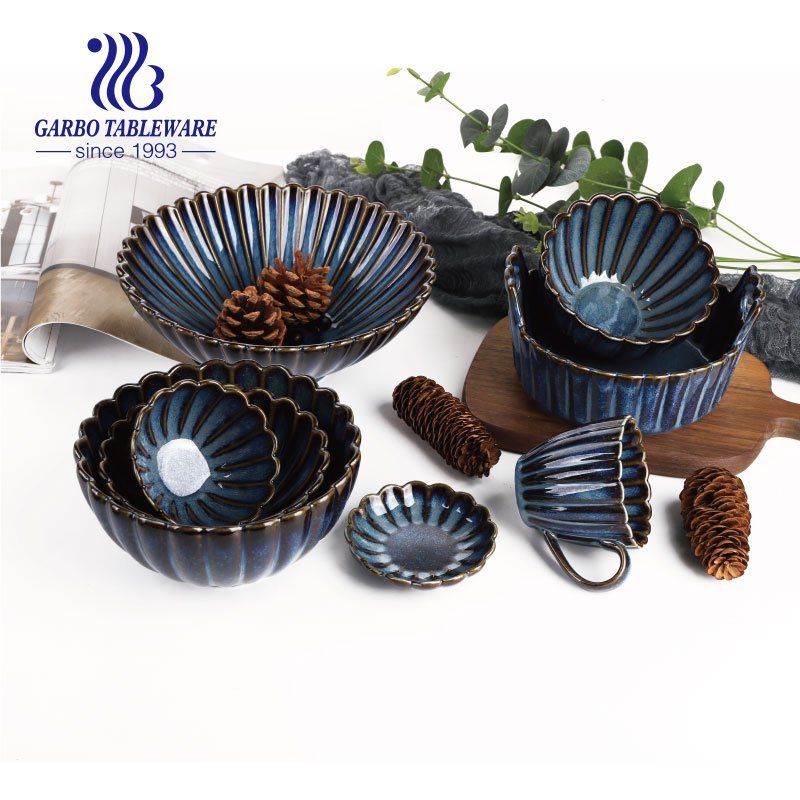
②Frit glaze: In order to prevent water-soluble raw materials such as saltpeter, borax (the main raw material of boron glaze) and certain toxic raw materials such as PbO in lead glaze from dissolving into the water when preparing the glaze slurry, first press them with other inorganic raw materials. The proportion is mixed, melted into a frit at high temperature, and formed by grinding. When it is finely ground, it is mixed with a certain amount of plastic clay to make the glaze slurry with stable suspension and adhesion to the green body. When making colored glaze, the colorant can be melted in the frit in advance to make it more evenly distributed in the glaze. Frit glaze is characterized by smooth glaze and fewer pinholes. It is mostly used for soft porcelain products (bone china, steatite porcelain, etc.) and glazed tiles.
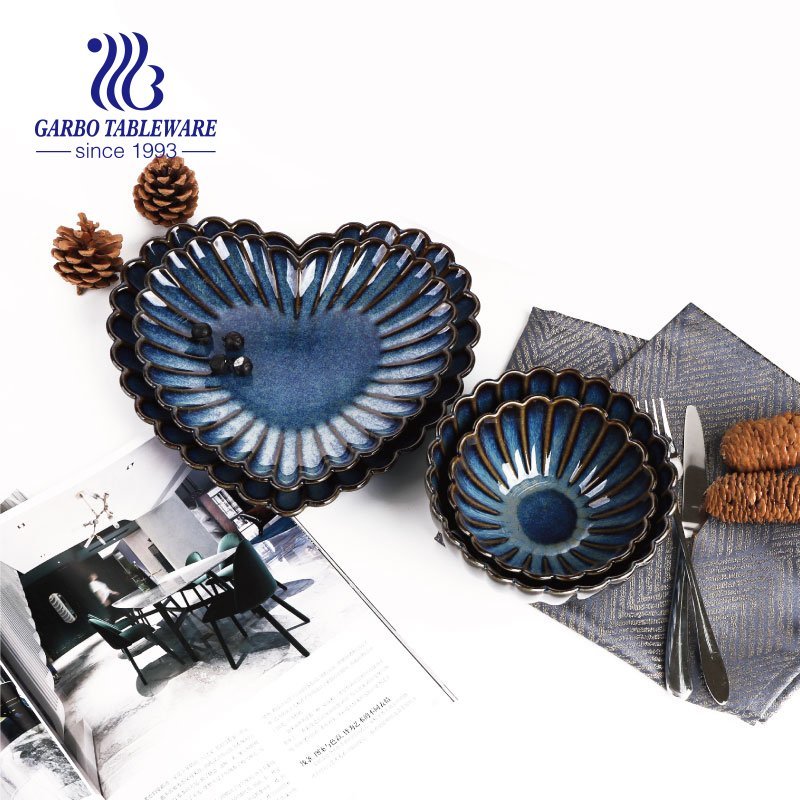
③Molten salt glaze: There is no need to prepare glaze slurry, but when the product is calcined to a high temperature, salt, zinc salt, etc. are put into the combustion chamber of the kiln to generate volatiles. This volatile matter chemically reacts with the surface of the body to form a bright glaze layer. The characteristics of molten salt glaze are that the glaze layer is thin, firm, tightly combined with the body, acid and alkali resistance, and good thermal stability. It is mostly used in chemical ceramic products.
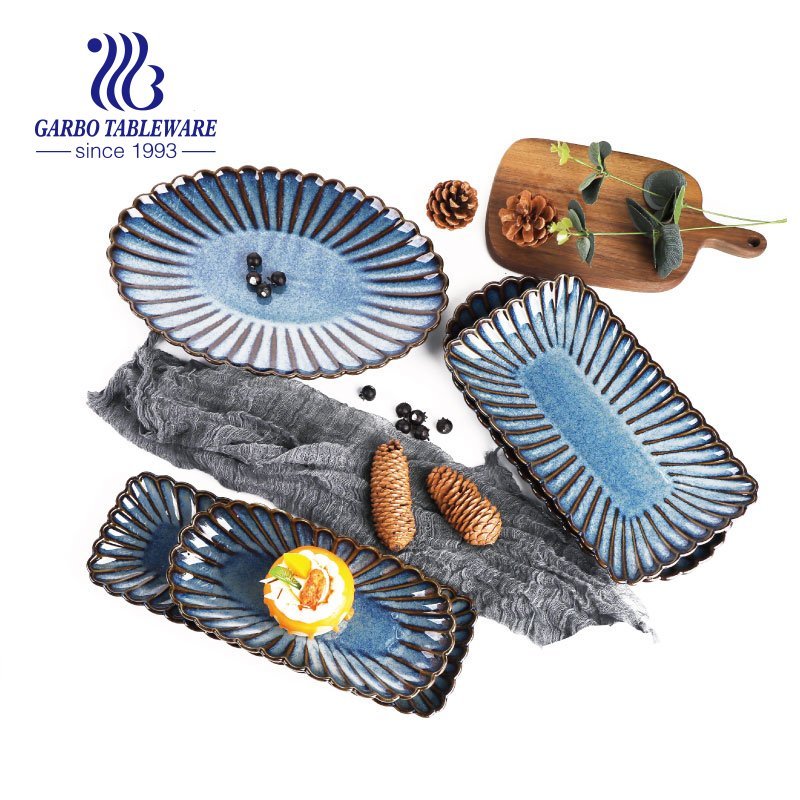
④Earth glaze: also called mud glaze. It is made by using natural fusible clay through elutriation. The color varies from yellowish brown to dark brown depending on the firing atmosphere. It is characterized by simple manufacturing process and low cost. It is mostly used in pottery products.
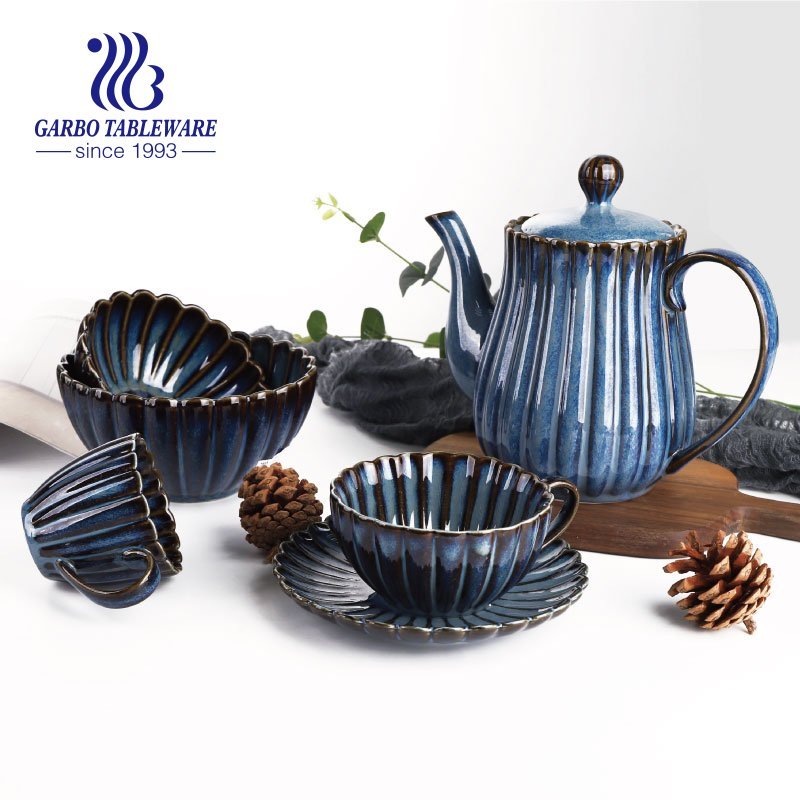
The glazing process is a kind of ancient ceramics manufacturing technology, which refers to applying glaze slurry on the surface of the shaped ceramic body. There are mainly six methods of glazing, glazing, glazing, brushing, sprinkling, and round glaze. According to the different shapes and thickness of the body, the corresponding glazing method is adopted.
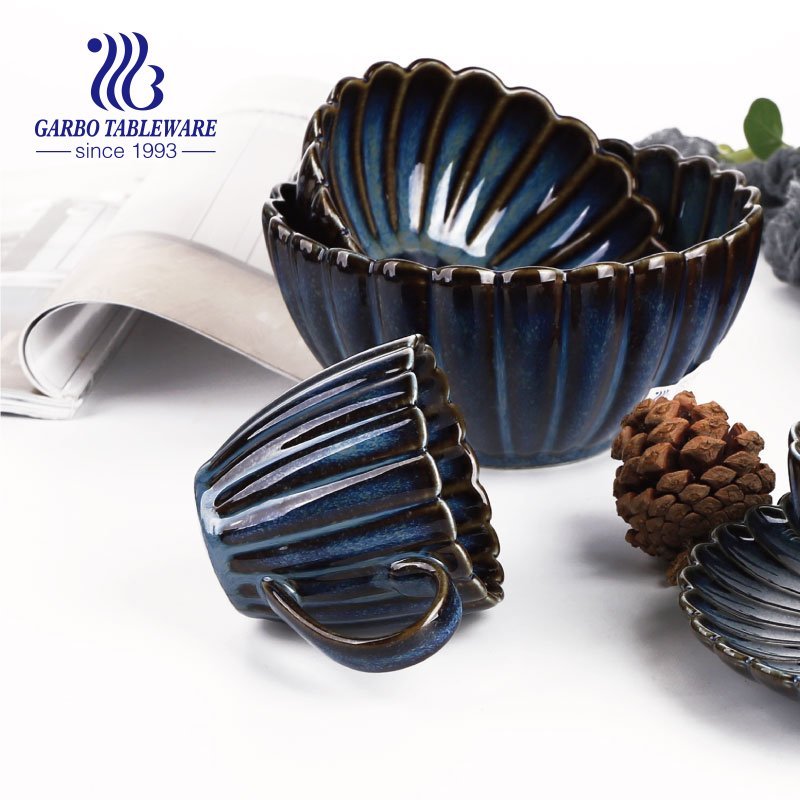
The ceramics we use daily are generally dressed in smooth, smooth clothes, especially daily-use ceramics, which are more particular about “clothes”, some are as white as jade, some are colorful and very beautiful. This kind of ceramic clothes is called “glaze”.
